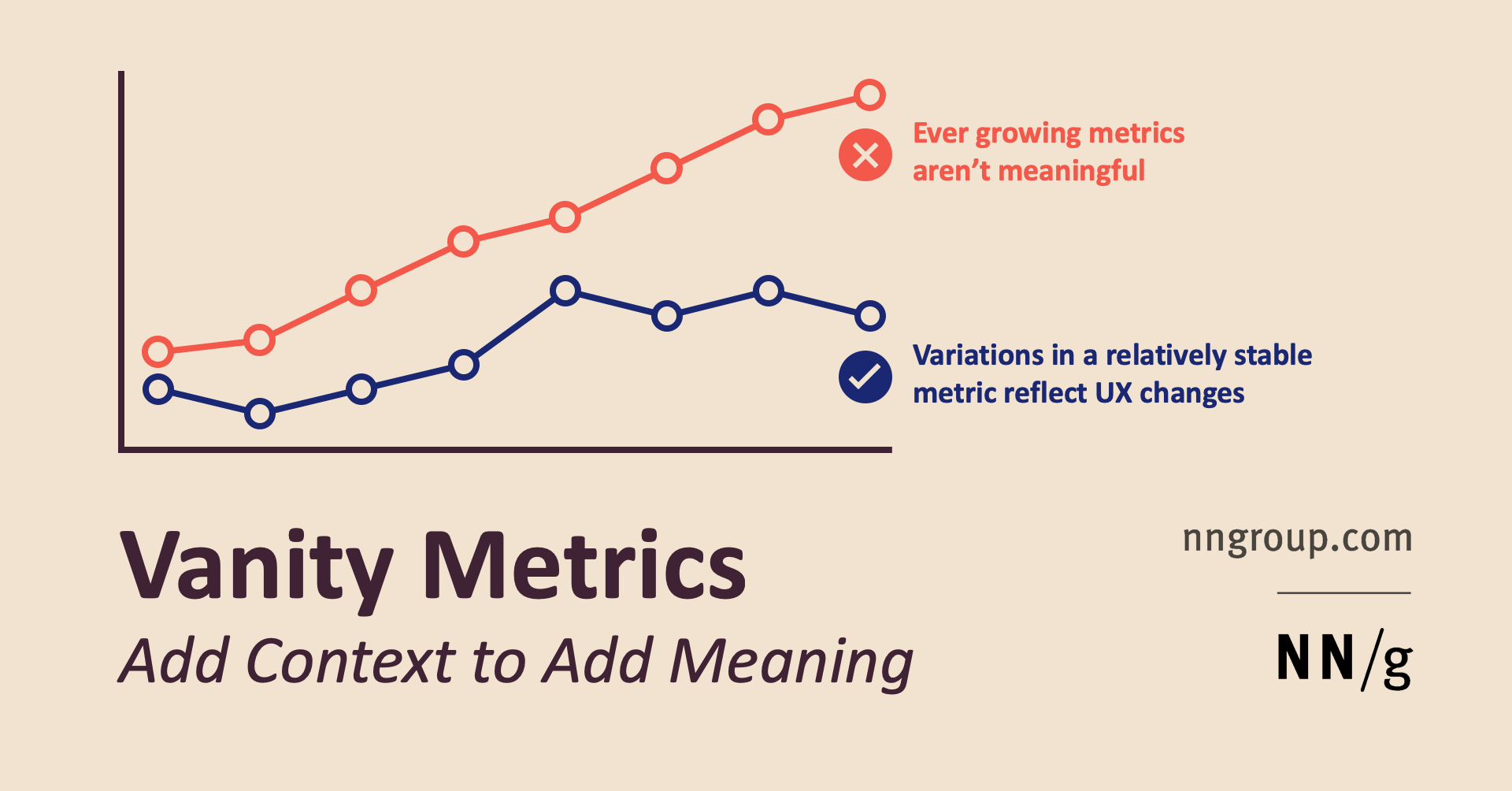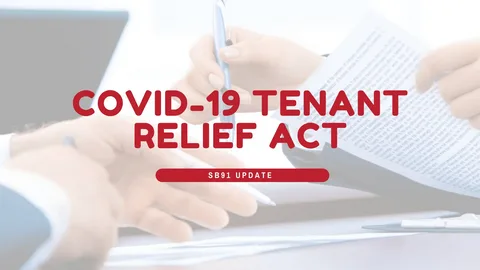Nonprofits are some of the only institutions in our society that can thrive without proving their effectiveness. Unlike corporations that must answer to investors, or government agencies accountable to voters, nonprofits are rarely required to demonstrate real outcomes. Instead, they survive on what I call the metrics mirage: self-reported, feel-good numbers that look like impact but often aren’t.
The Comfort of Vanity Metrics
Nonprofits have learned to master the art of metrics that impress donors without saying much about effectiveness.
- Outputs instead of outcomes: “We served 10,000 meals” sounds impressive, but did hunger in the community decrease?
- Activities instead of results: “We held 50 workshops” is easy to track, but did anyone’s skills, employment, or quality of life actually improve?
- Inputs disguised as success: “We raised $1 million” may show fundraising ability, but it says nothing about mission fulfillment.
These vanity metrics create a mirage of productivity. They give donors something quantifiable to point to, without revealing whether the mission is being achieved.
Why the Mirage Persists
The metrics mirage is not an accident. It’s baked into the nonprofit funding system. Donors often prefer clean, simple numbers that confirm their generosity is making a difference. Nonprofits, in turn, deliver what donors want to see.
Ken Stern highlighted this problem in With Charity for All, noting that nonprofit reporting often values continuity over results: “The system rewards survival over strategy, familiarity over performance” (Stern, 2013).
According to the Center for Effective Philanthropy, more than 80% of nonprofit performance reports are unaudited and self-authored, making comparative assessment nearly impossible (CEP, 2022). That means most funders are relying on organizations’ own claims of success.
The Illusion of Rigor
Even when nonprofits publish data, it is often presented in ways that exaggerate effectiveness. Consider:
- Percentages without context: “95% of participants reported satisfaction” doesn’t explain how many people were surveyed, or whether the satisfaction reflects actual life changes.
- Cherry-picked case studies: Highlighting one successful beneficiary may mask systemic failure.
- Short-term results: Reporting gains after three months, without tracking whether those improvements last a year or more.
Rob Reich, in Just Giving, warns that philanthropy is “non-transparent, non-accountable, and tax-subsidized” (Reich, 2018). Without independent verification, numbers risk becoming a tool of persuasion rather than accountability.
The Consequences of Vanity
The metrics mirage has real costs:
- Donors are misled. Believing their dollars are producing impact, funders continue to support ineffective organizations.
- Communities are underserved. Resources are wasted on programs that sound effective but don’t deliver.
- Effective nonprofits are sidelined. Organizations that invest in rigorous evaluation may lose out to those with shinier but less meaningful numbers.
- The cycle repeats. Funders reward vanity; nonprofits double down on producing it.
Dan Pallotta captured this dysfunction in Uncharitable: “We don’t measure impact—we measure overhead” (Pallotta, 2012). In other words, we’ve mistaken efficiency signals for effectiveness, allowing the illusion of rigor to substitute for the reality of results.
Moving Beyond the Mirage
Breaking the metrics mirage means moving from vanity to validity:
- Independent evaluation: Third-party audits of nonprofit performance should be the norm, not the exception.
- Outcomes over outputs: Funders must ask whether lives are actually changing, not just how many services were delivered.
- Longitudinal data: Programs should track whether improvements last beyond the life of a grant.
- Comparability across organizations: Standardized performance measures would allow funders to assess which nonprofits are most effective at solving specific problems.
This is the kind of transparency other industries take for granted. Investors don’t rely on self-reported profit statements; they demand audited financials. Patients don’t accept hospital marketing campaigns; they look at survival rates. Why should nonprofits be exempt from the same discipline?
A Call for Radical Transparency
If philanthropy is to fulfill its promise, donors and nonprofits must stop confusing busyness with effectiveness. What gets measured gets funded—but only if what we measure reflects reality.
Funders must resist the comfort of vanity indicators and insist on radical transparency. Communities deserve more than a mirage; they deserve proof.
Because unchecked, the metrics mirage is more than misleading—it’s negligent. And in a world of limited resources and urgent needs, negligence is unacceptable.
References
Center for Effective Philanthropy (CEP). (2022). State of Nonprofit Evaluation Report.
Pallotta, D. (2012). Uncharitable: How Restraints on Nonprofits Undermine Their Potential. Tufts University Press.
Reich, R. (2018). Just Giving: Why Philanthropy Is Failing Democracy and How It Can Do Better. Princeton University Press.
Stern, K. (2013). With Charity for All: Why Charities Are Failing and a Better Way to Give. Anchor Books.




